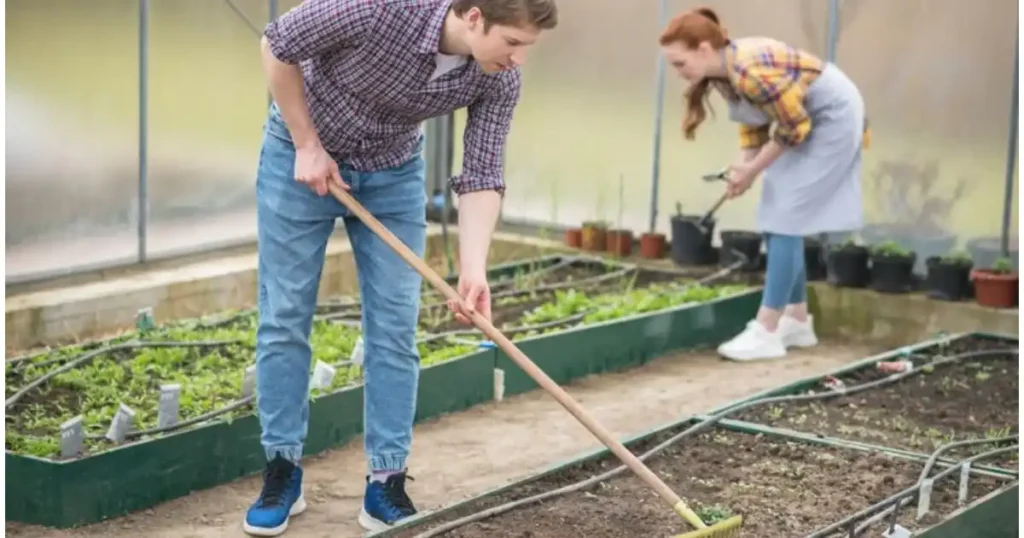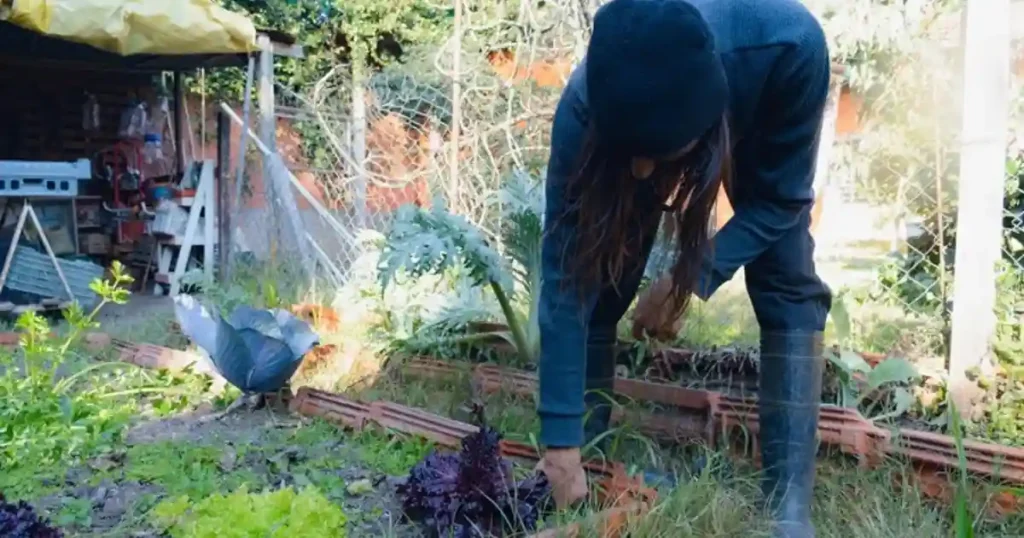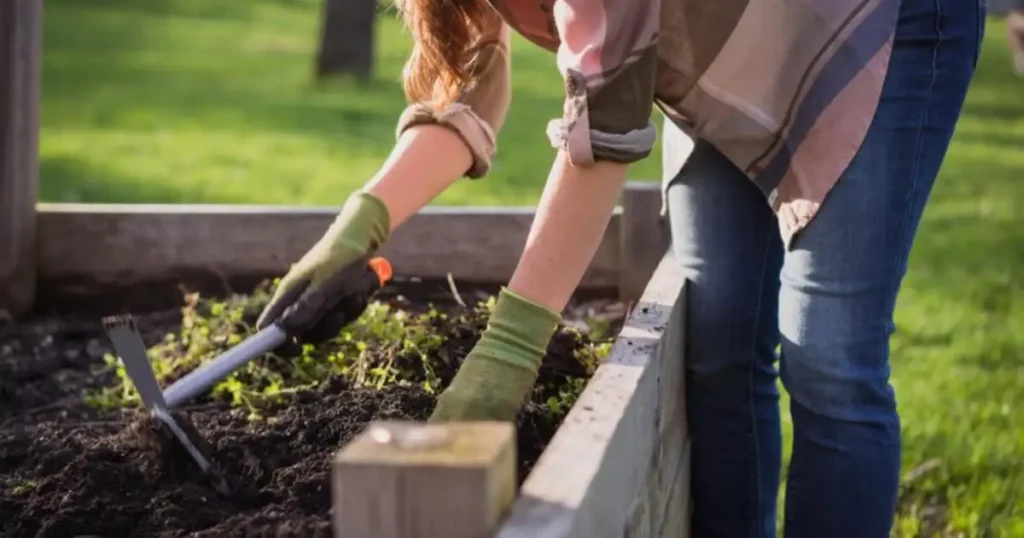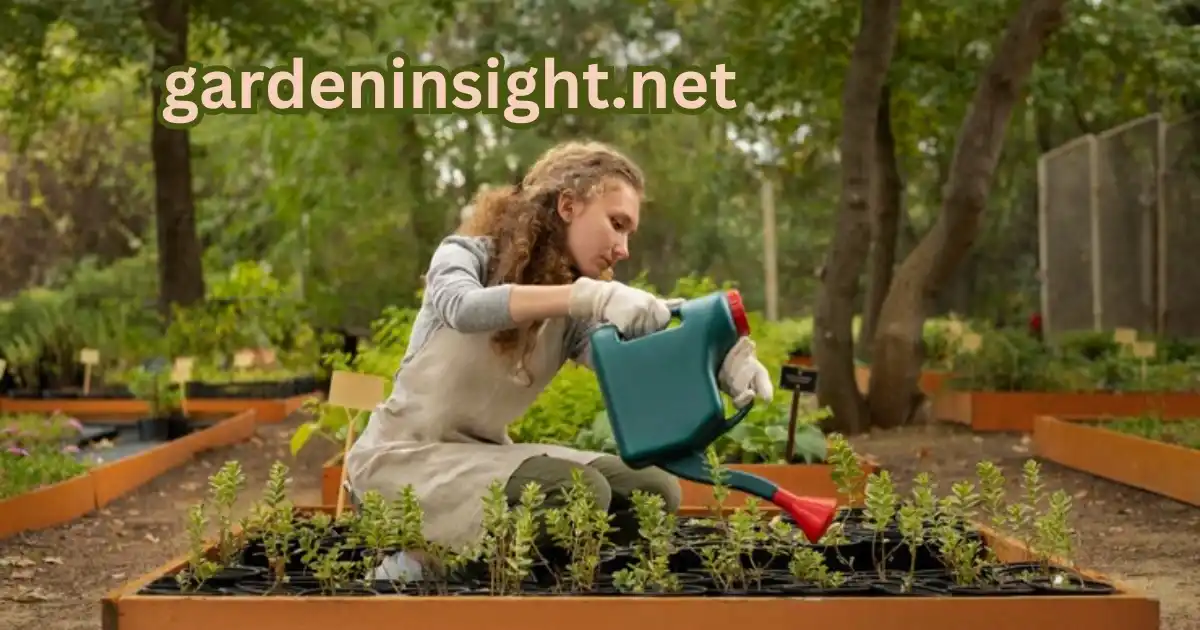Raised garden beds are a fantastic way to grow your own vegetables, flowers, and herbs. They offer better drainage, soil control, and accessibility compared to traditional in-ground gardens.
However, filling them correctly is crucial for your plants to thrive. This guide will walk you through the process step by step, providing different methods and helpful tips to fill raised garden bed.
Planning Your Raised Garden Bed Fill

Before you start shoveling, consider these factors:
- Size and Depth: The volume of your raised bed will determine the amount of fill material you need. Deeper beds are ideal for plants with long roots like tomatoes.
- Location: If your bed is in a sunny spot, you might need to adjust the soil mix for better moisture retention.
- Plant Types: Different plants have different soil preferences. Research the specific needs of what you plan to grow.
- Budget: Filling a raised bed can get expensive. Plan your approach based on your budget and available resources.
Methods for Filling a Raised Garden Bed
There are several ways to fill your raised garden bed, each with its own advantages and considerations:
1. The Traditional Method
This method involves layering the materials as described above. It’s a reliable approach, but can be more labor-intensive and expensive if you need to purchase a large quantity of soil.
2. The “Hugelkultur” Method
Hugelkultur is a technique that uses decaying wood as the base layer. This creates a nutrient-rich environment and improves water retention. It’s a great option if you have access to logs and branches.
3. The “Lasagna Gardening” Method
This method involves layering different organic materials like cardboard, leaves, and grass clippings, similar to making lasagna. It’s a great way to use up yard waste and create nutrient-rich soil over time.
Filling Your Raised Garden Bed: Step-by-Step
- Prepare the Base: Place your raised bed in its desired location. Remove any grass or weeds from the area.
- Add the Drainage Layer: Fill the bottom of the bed with your chosen drainage material (gravel, pottery, etc.) to a depth of about 4-6 inches.
- Add the Middle Layer: Layer cardboard, leaves, and/or grass clippings on top of the drainage layer.
- Add the Top Layer: Fill the remaining space with your chosen soil mix, leaving a few inches of space from the top of the bed.
- Water Thoroughly: Water the bed deeply to help the layers settle and moisten the soil.
- Add Amendments (Optional): Depending on your soil test results, you may need to add amendments like lime to adjust the pH or fertilizer to boost nutrients.
How to Fill a Raised Garden Bed Bunnings

Bunnings Warehouse is your one-stop shop for filling your raised garden bed. They offer everything you need, from drainage materials to soil mixes and amendments.
Materials Available at Bunnings
- Drainage Materials: Pea gravel, scoria, and drainage cell.
- Soil and Mixes: Premium garden soil, potting mix, compost, and manure.
- Amendments: Lime, gypsum, and fertilizers.
- Weed Control: Weed matting and landscape fabric.
Choosing the Right Products
Consider your bed size, plant types, and budget. Bunnings staff can offer expert advice.
Filling Your Raised Bed
- Line the Base: Use weed matting.
- Add Drainage: Use pea gravel or scoria.
- Build the Soil: Layer compost and soil.
- Top with Potting Mix: For drainage and aeration.
Tips for Success
- Calculate Volume: Use Bunnings’ online calculator.
- Consider Delivery: Bunnings offers delivery for bulk materials.
- Read Product Labels: For proper application.
How to Fill a Raised Garden Bed Cheaply
Filling a raised bed doesn’t have to be expensive. Here’s how to do it on a budget:
Source Free Materials
- Leaves: A free source of organic matter.
- Grass Clippings: A nitrogen-rich addition.
- Cardboard: A weed barrier and composting material.
- Wood Chips: Contact local tree services.
Reduce Soil Volume
- Fill the Bottom: Use logs and branches.
- Create a “Hugelkultur” Bed: Decaying wood as the base.
Find Affordable Soil
- Check Local Resources: Nurseries, landscape suppliers.
- Make Your Own Compost: Start a compost pile.
How to Fill a Raised Garden Bed with Soil

This is the most common method.
Choose the Right Soil
- Avoid Yard Soil: It may be compacted or contain weeds.
- Opt for a Quality Mix: Topsoil, compost, and potting mix.
Layer the Soil
- Drainage Layer: Gravel or broken pottery.
- Organic Matter: Leaves, grass clippings, or compost.
- Topsoil: The base for plant growth.
- Potting Mix: Improves drainage and aeration.
Consider Soil Amendments
- Soil Test: Determine pH and nutrient levels.
- Amendments: Lime or fertilizer, if needed.
How to Fill a Raised Garden Bed on a Budget with Cheap Materials
Some of the tips and affordable alternatives for filling of raised garden bed on budget with economical materials are given as:
Utilize Free Resources
- Cardboard: A weed barrier.
- Leaves: Organic matter.
- Grass Clippings: Nitrogen-rich.
- Kitchen Scraps: Nutrients.
Find Affordable Alternatives
- Bulk Materials: Logs, branches.
- Local Sources: Nurseries, landscape suppliers.
- Make Your Own Compost: Start a compost pile.
Consider “Hugelkultur”
- Decaying Wood: Reduces soil needs.
- Layering: Wood, leaves, grass clippings, and soil.
How to Fill a Raised Garden Bed Hugelkultur
This method uses decaying wood as the base.
Gathering Materials
- Wood: Untreated logs, branches, and twigs.
- Other Organic Materials: Leaves, grass clippings, compost.
Layering the Bed
- Base Layer: Largest logs at the bottom.
- Nitrogen-Rich Layer: Grass clippings.
- Soil Layer: Topsoil or garden soil.
- Compost Layer: Adds nutrients.
Benefits of Hugelkultur
Long-Term Sustainability: Provides nutrients over time.
Improved Water Retention: Wood acts like a sponge.
Nutrient-Rich Environment: Wood decomposes.
Reduced Soil Volume: Wood takes up space.
Conclusion
Filling your raised garden bed correctly sets the stage for a successful and productive garden. By understanding the different layers and methods, you can create the perfect soil environment for your plants to flourish.
Whether you choose the traditional method, hugelkultur, or lasagna gardening, remember to consider your budget, plant needs, and available resources.
With a little planning and effort, you’ll be well on your way to enjoying a bountiful harvest from your raised garden bed.
FAQs
Some of the frequently inquired questions about “how to fill raised garden bed” are given as:
How deep should a raised garden bed be?
A depth of 12-18 inches suits most plants, but deeper beds (24+ inches) are better for deep-rooted vegetables like tomatoes. Deeper beds also improve drainage and moisture retention.
Should I line the bottom of a raised garden bed?
Lining with landscape fabric or cardboard prevents weeds and helps retain moisture. However, it’s optional if your yard has good drainage.
Can I use old potting soil in my raised garden bed?
Yes, but amend it with fresh compost and topsoil to replenish nutrients and improve structure. This revitalizes the soil and creates a better growing environment.
How much does it cost to fill a raised garden bed?
Costs vary based on size, materials, and sourcing. Reduce costs by using free materials (leaves, cardboard) and building your own bed.
What should I not put in a raised garden bed?
Avoid treated wood, black walnut, meat/dairy products, diseased plants, and invasive weeds. These can introduce harmful chemicals, inhibit growth, or spread disease.
